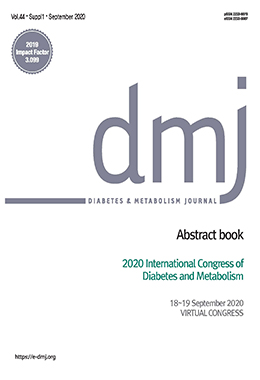Objective: The PIONEER program investigated once-daily oral semaglutide (3, 7, 14 mg or flexibly dosed) versus comparators in patients with type 2 diabetes (T2D). This exploratory subgroup analysis evaluated the effect of background medications on glycated hemoglobin (HbA1c) and body weight (BW) reductions at the end of trial (26-78 weeks) in five PIONEER trials (3-5, 7-8).
Methods: Data were analyzed using the trial product estimand from patients who received oral semaglutide or comparator (sitagliptin 100 mg, liraglutide 1.8 mg, or placebo) based on background medication: metformin, sulfonylurea, sodium-glucose co-transporter 2 inhibitor (SGLT2i), insulin or combinations.
Results: Baseline characteristics were generally similar across subgroups. Greater reductions in HbA1c and BW were generally observed with oral semaglutide versus comparators, regardless of background medication. HbA1c reductions for oral semaglutide 14 mg versus placebo were greater in PIONEER 4 (-1.2 vs 0.1% [metformin]; -1.1 vs 0.4% [SGLT2i±metformin]), PIONEER 5 (-1.3 vs 0.1% [metformin]; -1.1 vs -0.2% [sulfonylurea±metformin]; -1.1 vs -0.1% [insulin±metformin]) and PIONEER 8 (-1.5 vs 0.1% [insulin]; -1.1 vs -0.0% [insulin+metformin]). Oral semaglutide 14 mg or flexibly dosed reduced HbA1c versus sitagliptin in PIONEER 3 (-1.2 vs -0.6% [metformin]; -1.0 vs -0.3% [sulfonylurea±metformin]) and PIONEER 7 (-1.4 vs -0.9% [metformin]; -1.3 vs -0.6% [sulfonylurea±metformin]; -1.3 vs -0.8% [metformin±SGLT2i]; -1.5 vs -0.6% [combinations]), respectively. HbA1c reductions were similar versus liraglutide (PIONEER 4; -1.2 vs -0.9% [metformin]; -1.1 vs -1.1% [SGLT2i±metformin]) but, as with other comparators, BW reductions were greater (-5.0 vs -3.0 kg [metformin]; -5.0 vs -3.7 kg [metformin±SGLT2i]). In general, there were no statistically significant interactions between treatment and subgroups. Estimated treatment differences were consistent within each trial and background medication subgroups.
Conclusion: These findings support the use of oral semaglutide across a broad population of patients with T2D in combination with other commonly used glucose-lowering agents.




